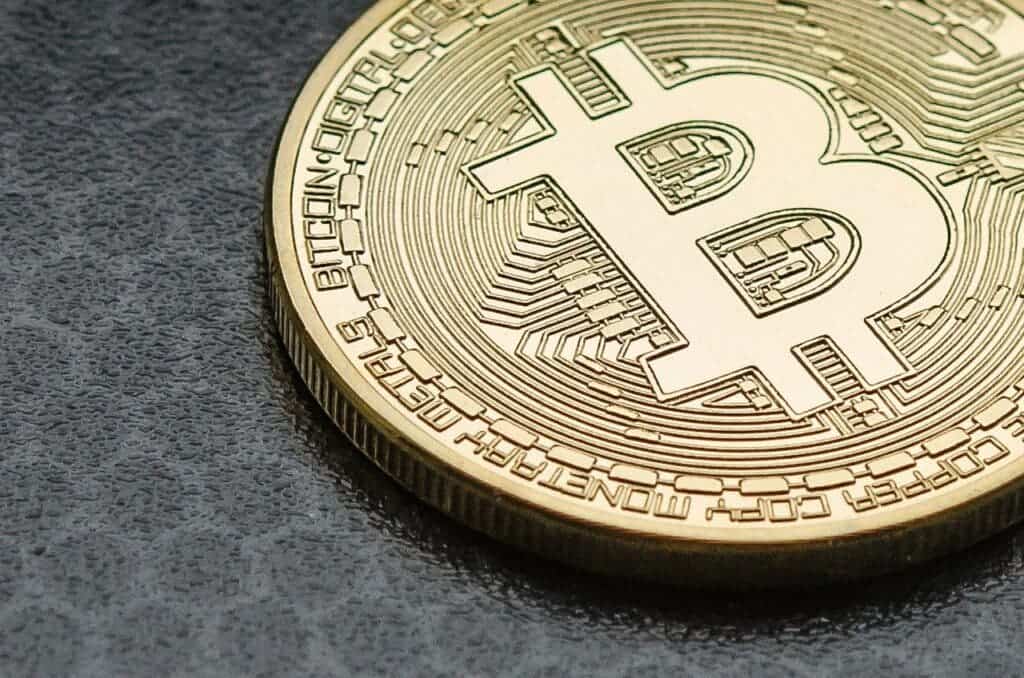For all the hype and interest this digital coin has amassed as the modern ‘digital gold’, a new paper says that it’s more akin to a ‘digital beef’.

The environmental costs of mining the digital cryptocurrency Bitcoin, taken as a share of its current market price, puts it on par with some of the most energy-intensive products today including beef, natural gas, and crude oil. This environmental cost has only recently been calculated by a new study that analyzes the climate and environmental strain of Bitcoin among an array of sustainability criteria.
The paper comes to better inform our perception of how Bitcoin, the leading cryptocurrency and one of the most coveted digital products today, fits in with the real world. Although it was always obvious that Bitcoin mining is an energy-intensive process, the authors explain, the extent of its real-life costs — including financial damages from carbon emissions and the impact of climate change on the wider economy — remained unclear up to now.
Dirty money
Bitcoin has had quite an interesting journey. By December 2021, the digital asset had reached a market value of around 960 billion US dollars and led the way for a whole host of other cryptocurrencies entering the market. Bitcoin currently holds the lion’s share of the global crypto market with a 41% market share, and the rest only following in its wake.
Each Bitcoin is created or ‘mined’ as the product of a series of increasingly-complex mathematical equations. Crunching all these numbers requires immense processing power and, thus, electricity. This thirst for electricity is the link between the production of Bitcoin and its negative environmental effects.
Based on the current study, it seems that public perception significantly underestimates just how pronounced these effects are.
The authors assessed the climate damage caused by Bitcoin mining across three sustainability criteria: whether the estimated climate damages are increasing over time; whether the market price of Bitcoin exceeds the economic cost of climate damages; and how the climate damages per coin mined compare to climate damages of other sectors and commodities. The research drew on data pertaining to Bitcoin from January 2016 to December 2021.
All in all, the team reports that the environmental cost of the crypto coin shifted over time as a function of its retail value and the difficulty of mining new coins. Since 2016, the emissions generated for the production of energy used by Bitcoin mining have increased 126-fold, from 0.9 tons of emissions per coin to 113 tons per coin in 2021. That per-coin increase translates into huge overall levels of energy use and greenhouse gas emissions. Around 2020, they explain, Bitcoin mining used 75.4 terawatt-hours per year (TWhyear-1), which is more energy than the entirety of countries like Austria or Portugal used during the same year (69.9 & 48.4 TWhyear-1, respectively). This makes the crypto coin one of the largest single sources of greenhouse gas emissions in the world.
Based on their calculations, the team estimates that each Bitcoin mined in 2021 generated 11,314 US$ in climate damages, for a combined total of over 12 billion US$; this would be around 25% of the market price of all Bitcoins in circulation. This steadily rose, peaking in May 2020, when environmental damages caused by mining each coin reached 156% of every coin’s price; in other words, producing 1 US$ of value as Bitcoin caused 1.56 US$ of damages to the climate and global environments.
When comparing this environmental toll to that generated by other industries and products — including some prime offenders, such as electricity generation, crude oil processing, precious metal mining, and meat production — Bitcoin didn’t come out too well. Over the 2016-2021 period, it caused, on average, climate damages equal to 35% of its market value. This was less than that of electricity produced from natural gas or gasoline production, which averaged at 46% and 41% of their market value as environmental damages, respectively. But that figure was higher than those of beef production (33%) and gold mining (4%), which have quite sizable environmental footprints themselves.
All things considered, the team does not feel confident that Bitcoin can be described as a sustainable asset. It didn’t manage to meet any of the three sustainability criteria that the team assessed in the paper. They explain that significant changes, up to, potentially, regulation of the asset, are required to make Bitcoin mining sustainable in the future.
The authors conclude that Bitcoin does not meet any of the three key sustainability criteria they assessed it against and that significant changes—including potential regulation—are required to make Bitcoin mining sustainable.
One important factor to consider for digital assets such as Bitcoin is that they are essentially just code — so making the right alterations to that base code can have immense effects on the viability of the end product.
The paper “Economic estimation of Bitcoin mining’s climate damages demonstrates closer resemblance to digital crude than digital gold” has been published in the journal Scientific Reports.






